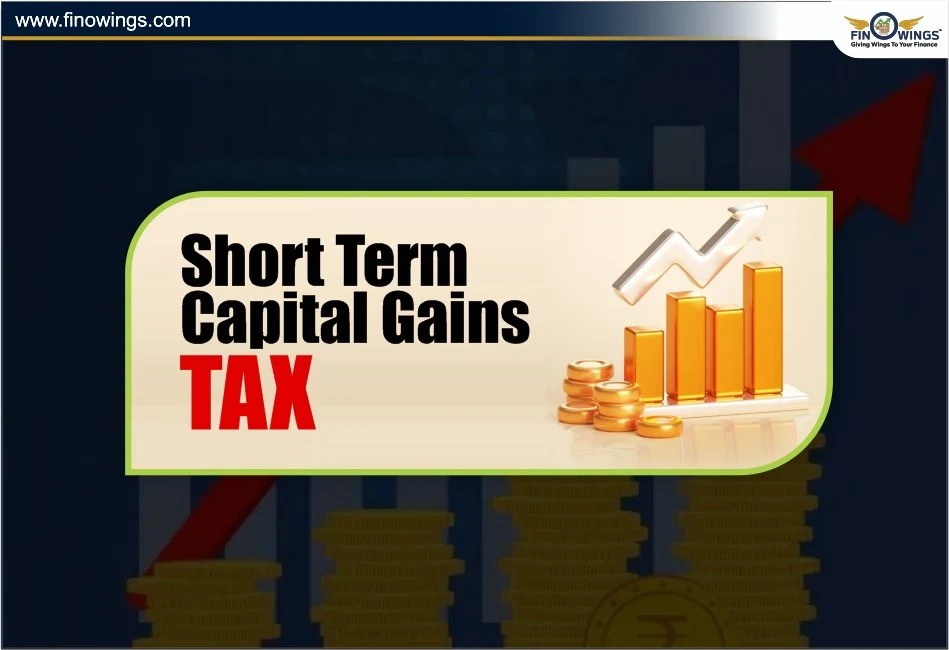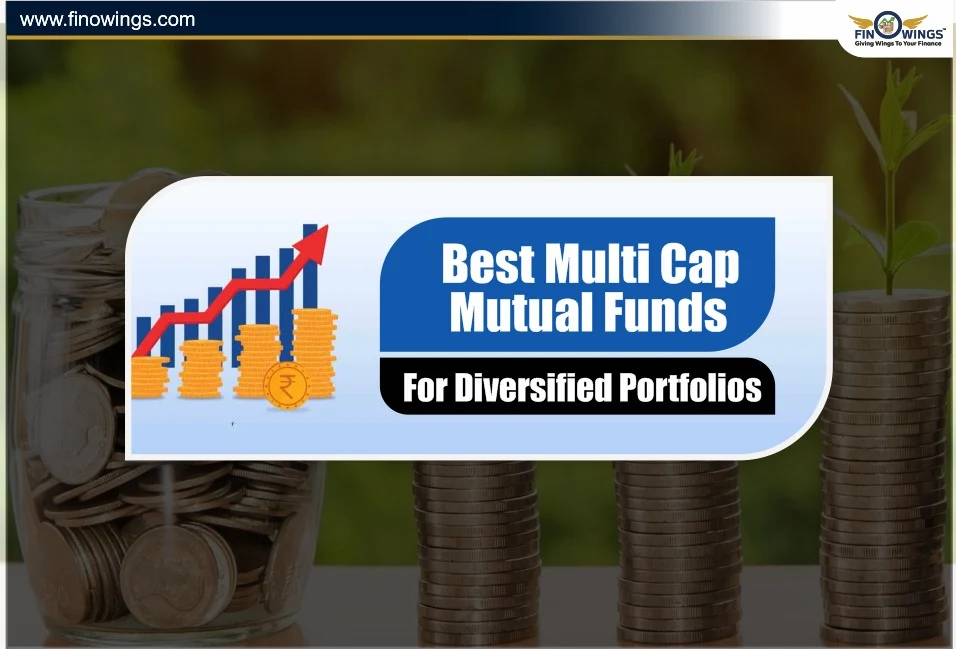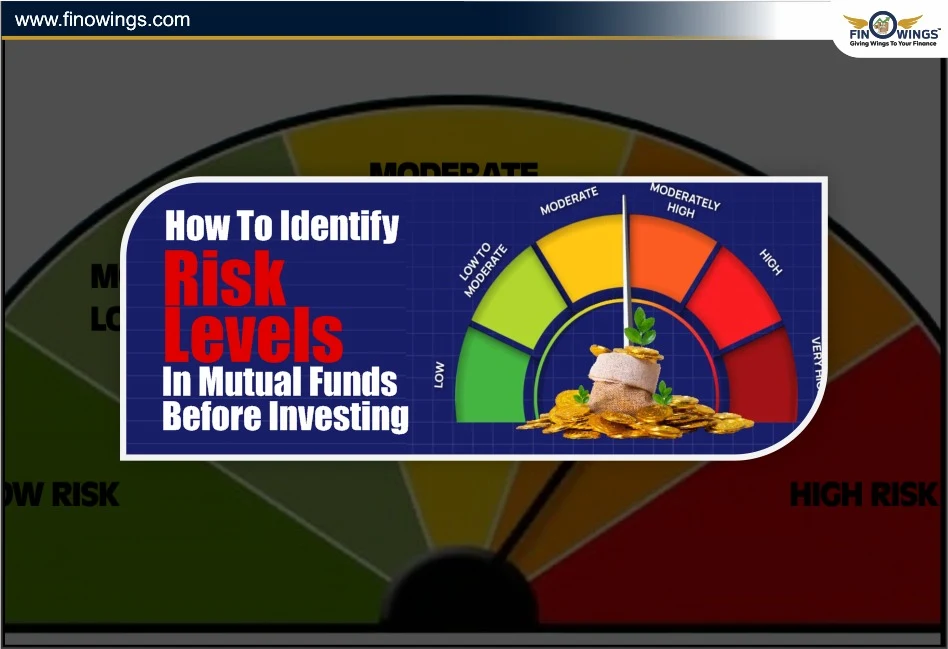Home >> Blog >> Growth vs Dividend: Which Mutual Fund Suits Your Plans
Growth vs Dividend: Which Mutual Fund Suits Your Plans

Table of Contents
- Growth vs Dividend: Which Mutual Fund Suits Your Plans?
- What Are Growth and Dividend Options in Mutual Funds?
- Difference Between Mutual Fund Growth and Dividend
- Taxation Difference Between Dividend and Growth in Mutual Funds
- When Should You Choose the Growth Option?
- When is the Best Time to Go With the Dividend (IDCW) Option?
- Which Option Gives the Best Returns?
- How to Decide: Growth or Dividend?
- Conclusion
Growth vs Dividend: Which Mutual Fund Suits Your Plans?
When you invest in a mutual fund, you may have to choose from two options: Growth and Dividend. Many beginners get confused deciding which is better: mutual fund growth vs dividend.
These options are from the same scheme, but the returns are managed differently. Your cash flow needs, investment goals, and investment timelines are crucial in managing the options. This article explains the difference between dividends and growth in mutual funds.
What Are Growth and Dividend Options in Mutual Funds?
While deciding on a mutual fund, you should understand that the money is pooled with other investors and utilised on different securities such as equities and bonds. The combined investments generate dividends and capital gains which can then be distributed to you in cash (dividend option) or reinvested to increase your investment (growth option). Your choice across these two options is valid and understood. This is the essence of regular growth vs regular dividend.
1. Growth Mutual Funds
When it comes to the growth option, the profit earned from the mutual fund scheme is reinvested back into the fund. This is done instead of being distributed to the investors. More profit being reinvested leads to compounding and to a higher investment value. Ultimately, this all means that there are no payouts during the investment periods. However, you are entitled to capital gains whenever you redeem your units.
Example:
If ₹1,00,000 were to be invested in a growth mutual fund and the value of the NAV is ₹100 and after three years it grows to ₹150, the investment now is ₹1,50,000. When you redeem your units, the profit of ₹50,000 is realised, not during the three years it was reinvested.
Key Features of Growth Mutual Funds:
There are no periodic payouts.
This is aimed at creating wealth in the long run.
2. Dividend Mutual Funds (Now Called IDCW)
The dividend option, which is now called IDCW - Income Distribution cum Capital Withdrawal, permits clients to receive fund profit distributions at specified times. These distribution periods can be monthly, quarterly, or yearly.
In contrast, the amount and frequency of dividends are variable. It will depend on how the fund performs and the strategies the fund manager employs. The fund manager decides how and when dividends will be paid. When dividends are disbursed, the amount will be deducted from the fund’s NAV.
Example:
If the NAV was ₹100 and the fund paid a dividend of ₹5, the NAV will then be ₹95.
Dividend Mutual Funds: Key Characteristics
-
Regular income through payouts.
-
Payouts are best suited to investors who want liquidity.
-
The NAV will decline after each dividend payout.
-
Payouts are unscheduled and depend on how the fund performs.
Difference Between Mutual Fund Growth and Dividend
Here’s a simple comparison table to clarify the mutual fund growth vs dividend comparison:-
|
Parameter |
Growth Option |
Dividend (IDCW) Option |
|
Profit Handling |
Profits are reinvested into the fund |
Profits are distributed to investors as dividends |
|
NAV Impact |
NAV keeps increasing over time |
NAV decreases after dividend payout |
|
Returns Type |
Capital appreciation at redemption |
Regular dividend income during holding period |
|
Best Suited For |
Long-term investors aiming for wealth creation |
Investors seeking regular income |
|
Taxation |
Taxed only when redeemed (capital gains tax) |
Dividend income added to investor’s taxable income |
|
Compounding Benefit |
Full compounding effect |
Lower compounding due to regular payouts |
|
Risk |
Suitable for growth-oriented investors |
Suitable for conservative investors or retirees |
Taxation Difference Between Dividend and Growth in Mutual Funds
Tax treatment can be a determining factor when deciding between dividend vs growth mutual funds.
1. Growth Option Taxation
It will be considered capital gains tax only when you sell or redeem the investment.
Equity Funds:
Short-term (less than 1 year): 15% tax.
Long-term (more than 1 year): 10% on gains above ₹1 lac.
Debt Funds (post April 2023):
Taxed as per your income slab, as indexation benefits have been removed.
2. Taxation On Dividend Option
Dividends received from mutual funds are added to your income and taxed as per your slab rate.
Additionally, TDS (Tax Deducted at Source) of 10% is applicable if dividend income exceeds ₹5,000 in a financial year.
When Should You Choose the Growth Option?
The growth mutual fund option is ideal if your goal is wealth creation over the long term. It works best for investors who do not need regular income and can stay invested for several years.
You should choose the growth option if:-
-
You have a long investment horizon (5-10 years or more).
-
You aim for higher returns through compounding.
-
You want to minimise annual taxation.
-
You’re building wealth for retirement, education, or major goals.
Example:
If you’re a young investor saving for your child’s education or retirement, the growth option will help your money grow faster due to reinvested profits.
When is the Best Time to Go With the Dividend (IDCW) Option?
Investors who prefer Dividend Mutual Funds (IDCW) want to receive income on a more regular basis rather than waiting for the investment to appreciate over a longer period of time.
The dividend option is best for you:
-
If you expect regular cash flow to meet your periodic expenses.
-
If you are a retiree or you need to rely on your investments for income.
-
If you need cash on a regular basis more than you are willing to let it grow for an extended period of time.
Example:
Suppose you are retired and need to cover your regular monthly expenses with an IDCW investment; you will rely on it to meet your regular expenses even though it is important to note that dividends are not guaranteed.
Which Option Gives the Best Returns?
In the long run, growth mutual funds generally provide a better return than the dividend option.
This is the reason why:-
Funds that have dividends paid out to the holders will not compound as much as the profits being retained and reinvested into the fund, thus stifling growth.
As a flow of dividend payments out of the fund, it will decrease the NAV, thus reducing the compounding power of the fund.
In growth funds, you are only taxed at the time of redemption, making cashing out on the fund a more tax-efficient option.
In contrast, the point of dividend options is to provide reliable cash flow rather than the long-term potential growth.
How to Decide: Growth or Dividend?
When it comes to mutual fund growth vs dividend, consider how you'll use your money:-
|
Factor |
Choose Growth If |
Choose Dividend If |
|
Goal Type |
Long-term wealth creation |
Regular income |
|
Investment Horizon |
5 years or more |
Short to medium term |
|
Tax Efficiency |
You want to defer taxes |
You’re in a low tax bracket |
|
Risk Appetite |
High |
Moderate to low |
|
Cash Flow Needs |
Don’t need regular income |
Need periodic income |
Conclusion
The primary difference between dividend and growth in mutual funds is how profits are dealt with after a financial year. They are included in the growth of the fund or distributed to shareholders in the form of a dividend.
When it comes to mutual funds, growth options are ideal for wealth builders and for those who want to increase the power of compounding. If your goal is to receive consistent cash flow, opt for dividend mutual funds (IDCW mutual funds).
In the long run, most investors prefer the growth option to build wealth, while the dividend option maintains cash flow and provides stability.
DISCLAIMER: This blog is NOT any buy or sell recommendation. No investment or trading advice is given. The content is purely for educational and information purposes only. Always consult your eligible financial advisor for investment-related decisions.
Author
Frequently Asked Questions
The main difference lies in how profits are handled. In the Growth option, profits are reinvested into the fund, increasing your investment value over time. In the Dividend (IDCW) option, profits are paid out periodically as income.
The Growth option is better for long-term investors because it allows your returns to compound over time, resulting in higher wealth creation. It’s ideal for goals like retirement or education planning.
The Dividend option suits investors who want regular income from their investments — such as retirees or those who rely on their mutual fund for monthly or quarterly cash flow needs.
In the Growth option, tax applies only when you sell your units — as capital gains tax. In the Dividend option, dividends are added to your total income and taxed as per your income slab, with TDS applicable if dividends exceed ₹5,000 a year.
Growth mutual funds typically deliver better long-term returns because profits are reinvested, enabling compounding. Dividend options focus more on providing regular income rather than maximizing long-term capital appreciation.
















.webp)


